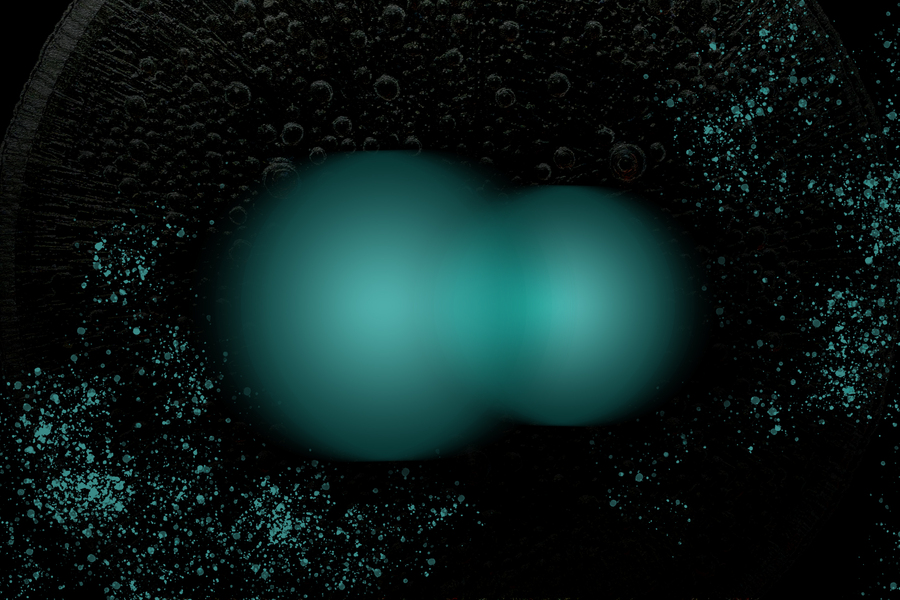
Credits:Image: Christine Daniloff, MIT
The discovery could offer a route to smaller, faster electronic devices. MIT physicists have detected another kind of hybrid particle in an unusual, two-dimensional magnetic material. They determined that the hybrid particle is a mashup of an electron and a phonon (a quasiparticle that is produced from a material’s vibrating atoms). When they measured the force between the electron and phonon, they found that the glue, or bond, was 10 times stronger than any other electron-phonon hybrid known to date.
The particle’s exceptional bond suggests that its electron and phonon might be tun...
Read More









Recent Comments